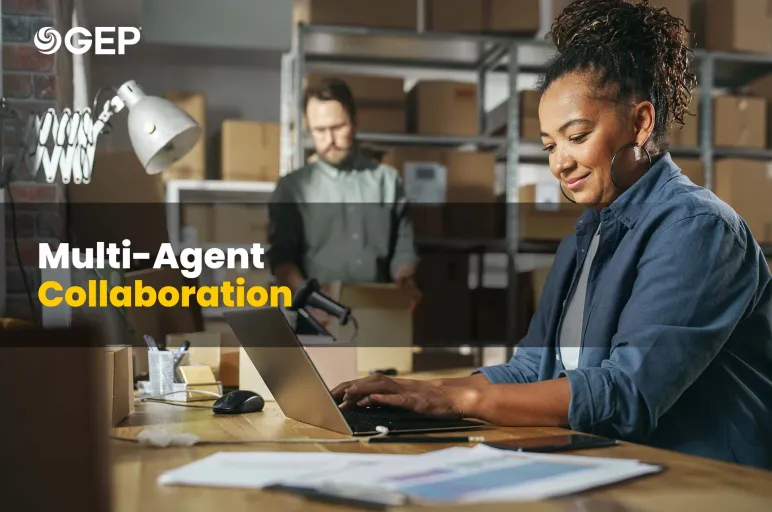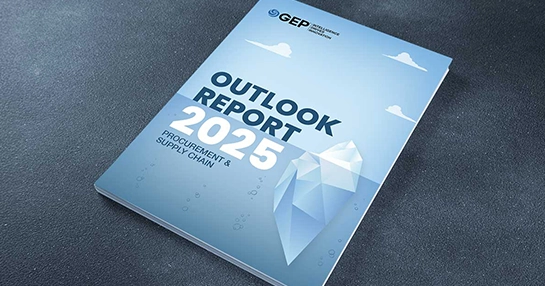
AI-Powered Multi-Agent Collaboration Brings Procurement Together
- Deploys multiple AI agents that handle specialized procurement tasks
- Coordinates decisions across supplier validation, intake, and contracts
- Creates synchronized, autonomous workflows
October 30, 2025 | Procurement Software 3 minutes read
Procurement operations involve many moving parts that must align at the right moment. Intake forms trigger validations, supplier data must be verified, and contracts require review before approval. Each step depends on another, but most automation handles them in isolation.
When one system flags a missing supplier record, another waits for manual input. The result is stalled workflows and partial automation — efficient in parts but disconnected overall. Human intervention becomes the glue holding separate processes together.
This fragmentation limits how far automation can go. Even advanced systems struggle to coordinate multiple AI models working on different tasks. Procurement needs a way for intelligent systems to collaborate as seamlessly as people do.
Why Current Tools Fall Short
Traditional automation runs on predefined sequences. Each rule or model executes a single task before handing control back to the system. There’s little contextual awareness across stages. An intake bot can classify a request, but it doesn’t know whether a supplier validation step failed downstream.
Separate systems for sourcing, contracts, and compliance each have their own automations. They function well individually but don’t share insights in real time. The result is redundant checks, repeated approvals, and inconsistent decisions.
This lack of coordination prevents full end-to-end automation. Processes remain siloed, even as organizations invest in multiple AI tools.
How Procurement Software with AI Agents Solves It
A multi-agent collaboration engine connects these individual AI models into a working team. Each agent specializes — one routes intake requests, another validates supplier data, a third reviews contracts for risk indicators. The engine coordinates them, ensuring each agent shares results and context with others.
When a new request enters the system, the intake agent classifies it and notifies the supplier validation agent to check credentials. If supplier information passes review, the contract agent proceeds with risk assessment. Every step happens in sequence, with data handed off automatically.
The agents don’t operate blindly; they communicate. If one detects a policy change or missing document, others adjust their actions. This coordination mirrors human collaboration but runs continuously, without delays or email exchanges.
Over time, the collaboration engine learns patterns of dependency — which approvals tend to block progress, which supplier validations cause repeated exceptions, and how to resolve them. Agents can reprioritize tasks dynamically or escalate only the complex cases that require judgment. Procurement teams gain visibility into how each agent performs and can tune the system for efficiency or risk sensitivity.
The outcome is synchronized automation that spans systems and functions. Tasks complete faster, and decisions stay consistent from start to finish.
Explore 101 AI Use Cases
Real-world use cases that show how AI is transforming every stage of procurement
The Implication
A multi-agent setup turns isolated automations into a unified intelligence network. Procurement gains coordination, speed, and reliability across its workflows.
Instead of asking people to manage handoffs between bots or systems, the AI agents manage each other — a fundamental shift toward autonomous procurement operations.
By enabling collaboration between intelligent agents, procurement evolves from automation to orchestration. What once required supervision now operates with self-awareness and shared intent.



